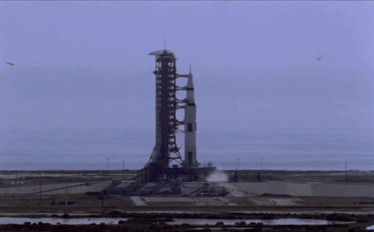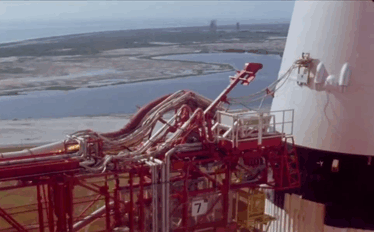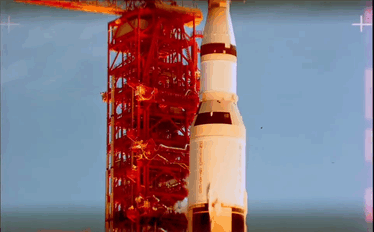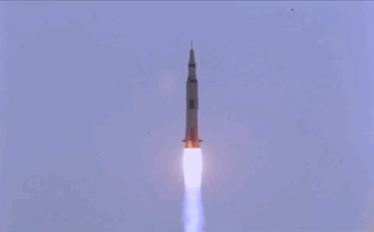The Rosetta Nebula And NGC 2244



The Rosetta Nebula and NGC 2244
At the heart of the Rosetta nebula is an open cluster of stars, which is NGC 2244. The entire structure sits at the end of a giant molecular cloud, and you can easily spot the tell tale columns and protostars at the head showing active star formation on-going.
The bottom image is from Chandra, which gives the purple/pink colours for X-Ray sources, used particularly in spotting black hole accretion disks, pulsars and supernova remnants, we can see it's a lively place !
The entire structure is in the constellation of Monoceros at around 5,200 light years from Earth.
More Posts from Ad-astra-affecte-spe and Others

Sagittarius dwarf irregular galaxy (sagDIG) © Hubble


Galaxy Collisions Arp 140,143 © Hubble

Orbital path of asteroid near miss in 2002. Yah, that’s how close we came to nuclear winter and possible total destruction.


Interstellar dust in California Nebula © cosmic_background

Thor's Helmet
NGC2359 has been featured on this blog a number of times, but this image brought to us by APOD just needed to be re-shared again.
At the heart a Wolf Rayet star, throwing off sheets of atmosphere periodically, and creating this twisted bubble of dust and gas.
The image was captured using narrowband filters, picking out specific elements and the light frequencies they resonate at when bombarded with UV light. It's allowed some of the detailed filaments to be seen.
Ultimately, in the next 15-20, 000 years, this star will go supernova, and despite it's distance of 15,000 light years, will light up our sky for a few months.

What did Hubble see on your birthday? (x)
Dec. 3, 2009 - Stellar Jewel Box NGC 3603





Apollo 11 Launch

The Milky Way in the direction of Vulpecula and Cygnus // AC1000
-
 queencantaloupe liked this · 11 months ago
queencantaloupe liked this · 11 months ago -
 rand0maccount14 liked this · 1 year ago
rand0maccount14 liked this · 1 year ago -
 mysticstronomy liked this · 1 year ago
mysticstronomy liked this · 1 year ago -
 sirikenobilegends reblogged this · 1 year ago
sirikenobilegends reblogged this · 1 year ago -
 sirikenobilegends liked this · 1 year ago
sirikenobilegends liked this · 1 year ago -
 locusnegotium reblogged this · 1 year ago
locusnegotium reblogged this · 1 year ago -
 aeyriabird reblogged this · 1 year ago
aeyriabird reblogged this · 1 year ago -
 sharpdistances reblogged this · 1 year ago
sharpdistances reblogged this · 1 year ago -
 ladiesandgentlehobbits liked this · 1 year ago
ladiesandgentlehobbits liked this · 1 year ago -
 earlysunsetsovermonroville liked this · 1 year ago
earlysunsetsovermonroville liked this · 1 year ago -
 itwasbeautykilledthebeast liked this · 1 year ago
itwasbeautykilledthebeast liked this · 1 year ago -
 small-cog reblogged this · 1 year ago
small-cog reblogged this · 1 year ago -
 naniyo liked this · 1 year ago
naniyo liked this · 1 year ago -
 the-yearning-astronaut reblogged this · 1 year ago
the-yearning-astronaut reblogged this · 1 year ago -
 marianatrench7 reblogged this · 1 year ago
marianatrench7 reblogged this · 1 year ago -
 marianatrench7 liked this · 1 year ago
marianatrench7 liked this · 1 year ago -
 manebioniclegali reblogged this · 1 year ago
manebioniclegali reblogged this · 1 year ago -
 lostfilmnerd reblogged this · 1 year ago
lostfilmnerd reblogged this · 1 year ago -
 lostfilmnerd liked this · 1 year ago
lostfilmnerd liked this · 1 year ago -
 the-nuclear-chaos reblogged this · 1 year ago
the-nuclear-chaos reblogged this · 1 year ago -
 jmand liked this · 1 year ago
jmand liked this · 1 year ago -
 john-erby reblogged this · 1 year ago
john-erby reblogged this · 1 year ago -
 john-erby liked this · 1 year ago
john-erby liked this · 1 year ago -
 akheloisthemoon liked this · 1 year ago
akheloisthemoon liked this · 1 year ago -
 hazele-omega liked this · 1 year ago
hazele-omega liked this · 1 year ago -
 ad-astra-affecte-spe reblogged this · 1 year ago
ad-astra-affecte-spe reblogged this · 1 year ago -
 juniauthequeen reblogged this · 1 year ago
juniauthequeen reblogged this · 1 year ago -
 juniauthequeen liked this · 1 year ago
juniauthequeen liked this · 1 year ago -
 fischlich liked this · 1 year ago
fischlich liked this · 1 year ago -
 i-j0s liked this · 1 year ago
i-j0s liked this · 1 year ago -
 4libertylover liked this · 1 year ago
4libertylover liked this · 1 year ago -
 stuff-that-irks-me reblogged this · 1 year ago
stuff-that-irks-me reblogged this · 1 year ago -
 stuff-that-irks-me liked this · 1 year ago
stuff-that-irks-me liked this · 1 year ago -
 bibliophiliosaurus reblogged this · 1 year ago
bibliophiliosaurus reblogged this · 1 year ago -
 flipperofdeath reblogged this · 1 year ago
flipperofdeath reblogged this · 1 year ago -
 anorakparkafan liked this · 1 year ago
anorakparkafan liked this · 1 year ago -
 anorakparkafan reblogged this · 1 year ago
anorakparkafan reblogged this · 1 year ago -
 ch33rr1e liked this · 1 year ago
ch33rr1e liked this · 1 year ago -
 kryspychickin liked this · 1 year ago
kryspychickin liked this · 1 year ago -
 megabelltreazrae reblogged this · 1 year ago
megabelltreazrae reblogged this · 1 year ago -
 small-cog liked this · 1 year ago
small-cog liked this · 1 year ago -
 obsidianphotog liked this · 1 year ago
obsidianphotog liked this · 1 year ago -
 lanemanandcoach liked this · 1 year ago
lanemanandcoach liked this · 1 year ago -
 spacetimewithstuartgary reblogged this · 1 year ago
spacetimewithstuartgary reblogged this · 1 year ago -
 spacetimewithstuartgary liked this · 1 year ago
spacetimewithstuartgary liked this · 1 year ago -
 bewrabawa reblogged this · 1 year ago
bewrabawa reblogged this · 1 year ago

★•Astronomy, Physics, and Aerospace•★ Original and Reblogged Content curated by a NASA Solar System Ambassador
204 posts

